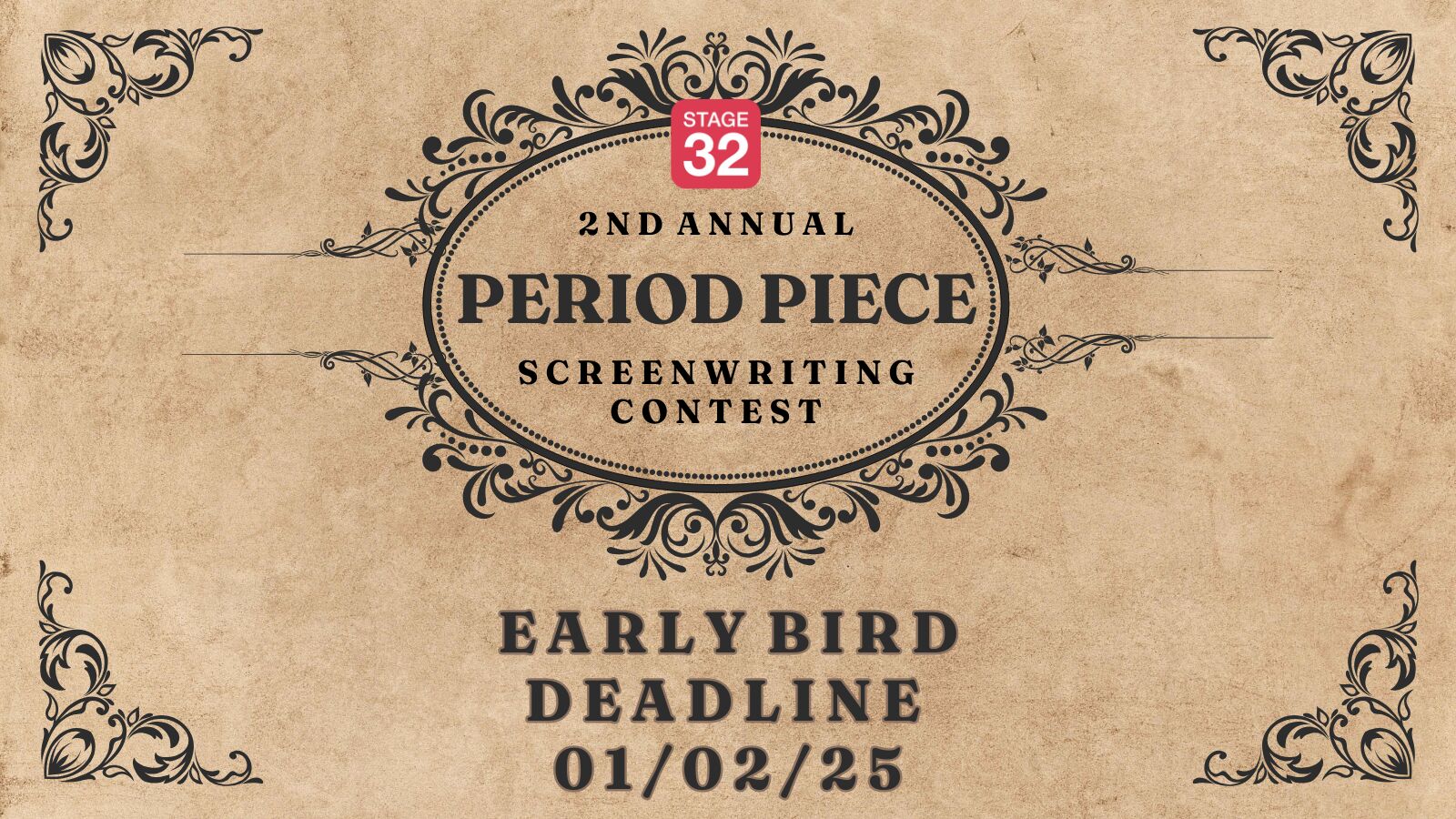
A producer brought me on to write a screenplay based on some existing material. The producer liked my work and hired me to write three more films in the same setting (though I may share credit when all is done).
To be clear: These are lower-budget than the Asylum, which can still create CGI dragons and sharknadoes. Limitations on effects, settings, and number of characters proved interesting challenges, forcing me to come up with novel solutions. It’s fun to write spec screenplays that entertain yourself and your friends. But here, I knew that anything I put on the page eventually had to be executed by real people with limited resources. I thought it would be helpful to aspiring screenwriters (including me) if I ran down some lessons from this challenging but rewarding experience.
Characters Matter More than Battles
Some fantasy stories can distract from poor character development or a confusing plot with large-scale battle scenes. I could not. My screenplays could not include an army of mounted knights charging a castle guarded by a fleet of dragons. As a lifelong lover of fantasy, from Dungeons & Dragons to Game of Thrones, this reality frustrated me at first.
But I thought about my favorite fantasy adventures, and I realized the giant battles of Thrones and Lord of the Rings provoked such a powerful emotional response because of the characters who participated or were affected by the outcome. Strip away all the dragons and monsters and zombies from those franchises and you’re left with compelling storytelling on a personal level (Thrones won two writing Emmys; Return of the King won Best Adapted Screenplay).
With a limited amount of fights and chases, none very large in scale, I was left with dialogue. Characters couldn’t always swing swords or fling spells at each other, but they could debate, bully, question, interrogate, and argue. This gave them a chance to reveal their personalities, change, and grow -- or turn towards evil. In the end, those transformations are what resonate with audiences.
Suspense is Affordable
How many murders are there in Psycho? How many shark attacks are there in Jaws? How many battles are there in 1917? The answer is: Surprisingly few. Those films, and many other greats, make heavy use of anticipation. My screenplays couldn’t afford too much action; but there’s very little budget required for suspense.
I tried to use sounds, shadows, and night scenes to make the characters as anxious and paranoid as possible. If the characters talked about how horrible a monster was, how painfully it could kill them, then the viewer’s imagination would fill in most of the blanks. Combine this with off-kilter cinematography from the director and tense music from the composer and you get an effective sense of dread.
Build a World with Words
In the first sequence of Star Wars: A New Hope, there are three instances of characters saying “this time”:
“You weren’t on any mercy mission this time.”
“There will be no escape for the princess this time.”
“There’ll be no one to stop us this time.”
Right away, the characters provide exposition, implying this is just the latest in a series of adventures—what other scrapes did Princess Leia escape from?!
I, too, was introducing viewers to a new universe, and I had to convey its scope and history without overwhelming them. I also had to explain how magic worked, and what different creatures were called. I found the process to be a delicate balance between characters making throwaway remarks that viewers might miss, and being too pedantic with Big Dramatic Statements that didn’t sound natural.
For someone who grew up with orcs and werewolves and Klingons, it was unexpectedly challenging. But in the end, not only did this sort of exposition create a sense of scale for the world, but it was also much cheaper than showing all those battles and monsters.
Keep the Genre, Reduce the Scale
Want to write a war movie, but the budget can’t afford armies? Have a small scouting party encounter a single enemy soldier -- who’s alone because he’s deserting.
Want to have characters afflicted by a deadly magic spell, but the budget can’t afford effects? Have them slowly freeze from the inside, which requires only some acting and a little make-up.
Want to include a big name in the film, but the budget can’t afford one? Write a supporting character who only appears in a few scenes, all in the same filming location. Getting a star for a single day of shooting can be surprisingly inexpensive.
The small scale of these films forced me to look at every setting, plot point, and character from every angle. It was frustrating at first but ultimately very satisfying.
The first film stars Corey Feldman and Jeffrey Combs. It was streaming on Amazon and is now being distributed by ITN. The second stars Michael Madsen and just wrapped filming.




Congratulations!
Nice one !
1 person likes this
NIce Jason Ginsburg. Great writing advice. Congrats by the way!
1 person likes this
This is an amazing way to look at things, the show that I have been writing also does not have huge scenes that would be expensive, I just chose to focus on the characters and I didn't even have to add hardly any large scale scenes.
awesome, If I come across the movie I'll watch it